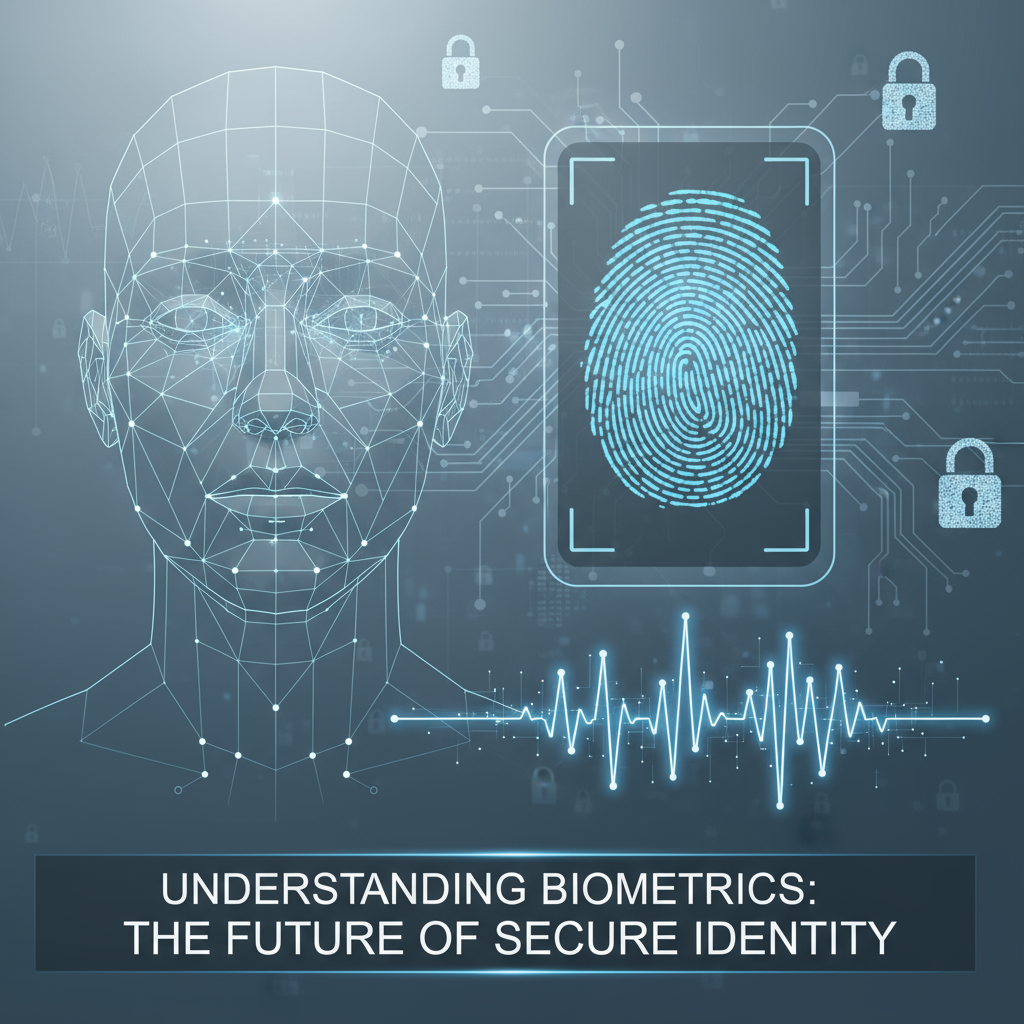Security has always been a top priority for businesses, government offices, healthcare centers, and other organizations. Controlling who gets access to your physical spaces is essential for safety, compliance, and smooth operations. Traditional access methods like keys, swipe cards, and PIN codes have worked for years, but they also come with weaknesses—keys get lost, cards are stolen, and PINs are easily shared.
This is where biometric access control is changing the game. By using unique human identifiers such as fingerprints, faces, or irises, biometric systems make physical access more secure, convenient, and future-ready. In this blog, we’ll explore 7 reasons why biometrics are the best choice for physical access control.
What is Biometric Access Control?
Biometric access control uses physical or behavioral characteristics to verify a person’s identity before granting entry to a secure area. Common biometric identifiers include:
- Fingerprint scanning
- Facial recognition
- Iris or retina scans
- Palm or vein recognition
- Voice authentication
Unlike keys or cards, which can be lost or stolen, biometric identifiers are unique to each individual and nearly impossible to replicate. This makes biometric systems much more effective than traditional methods for ensuring that the person entering is truly authorized.
1. Superior Security
Biometric traits are unique to every individual and nearly impossible to duplicate. This provides stronger protection against unauthorized access.
- Eliminates risks of stolen cards or copied keys.
- Prevents “credential sharing,” where employees lend their ID to others.
- Adds strong resistance against identity fraud.
For organizations handling sensitive data, valuable assets, or critical infrastructure, this enhanced security is one of the most important benefits.
2. Greater Convenience
Biometric systems eliminate the need to carry extra items or remember passwords.
- Employees don’t need to carry cards or keys everywhere.
- No risk of forgetting PINs or codes.
- Touchless options like facial or iris recognition provide both speed and hygiene benefits.
This makes day-to-day access smooth and simple for users, reducing frustration and saving time.
3. Accurate Identity Verification
Accuracy is where biometrics truly shine. Traditional access methods can be borrowed or stolen, but biometric identifiers are unique and personal.
- Confirms the real identity of each individual.
- Prevents misuse of credentials.
- Reduces human errors in manual checks or logging.
With biometric verification, organizations can be confident that only the right people are entering restricted areas.
4. Cost-Effectiveness Over Time
At first, biometric systems may seem expensive to install, but they often save money in the long run.
- No need to constantly replace lost or stolen access cards.
- Reduced administrative time spent on resetting credentials.
- Easily scalable as the workforce grows, without requiring additional cards or locks.
Over the years, these savings make biometrics a cost-effective solution for access control.
5. Detailed Audit Trails & Accountability
Every entry and exit is logged with biometric data, creating a clear and reliable audit trail.
- Tracks exactly who entered, when, and where.
- Improves accountability among employees and contractors.
- Supports compliance with industry regulations and workplace safety standards.
These records are especially valuable during investigations, audits, or security incidents.
6. Improved User Experience
Biometric systems don’t just make access secure—they also enhance the overall user experience.
- Faster entry reduces waiting times in busy facilities.
- Creates a seamless, tech-driven workplace environment.
- Improves visitor experience by making check-ins easier and smoother.
A positive user experience not only saves time but also reflects well on the organization’s modern and efficient approach.
7. Scalability & Future-Proofing
Biometric access control systems are built to scale and adapt to future needs.
- Can expand easily as your workforce grows or your facilities increase.
- Integrates with other smart security technologies, such as surveillance and IoT systems.
- Prepares organizations for future compliance and technology trends.
This makes biometrics a long-term investment that keeps organizations secure and ready for what’s ahead.
Challenges and Considerations
While biometrics provide many advantages, organizations should keep a few considerations in mind:
- Upfront costs can be higher compared to traditional systems.
- Privacy concerns around storing and handling biometric data must be addressed.
- Maintenance and updates are needed to ensure accuracy and protection against spoofing.
With proper planning and compliance measures, these challenges can be managed effectively.
Conclusion
Biometric access control is transforming how organizations secure their physical spaces. From superior security and convenience to cost savings, audit trails, and future scalability, the benefits are clear.
While it’s important to handle privacy and setup costs responsibly, the advantages of biometrics far outweigh the challenges. For any business or facility serious about safety and efficiency, adopting biometric access control is a smart step toward a more secure future.




